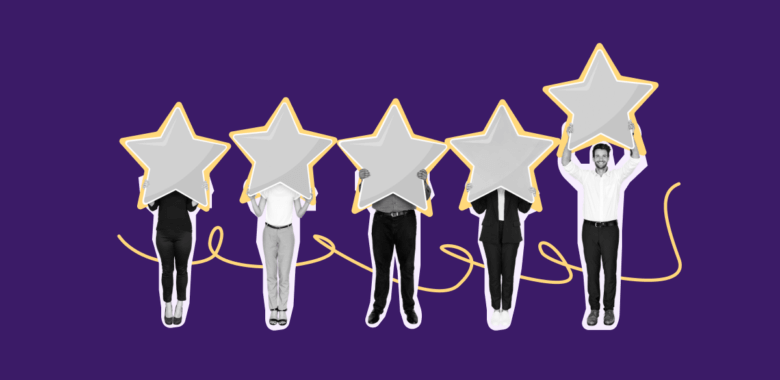Best email marketing ideas for restaurants
There are multiple ideas and approaches that work well for a restaurant’s email marketing.
Welcome new customers with an email
When someone signs up for the newsletter or becomes a member of a loyalty program, they usually get a welcome email. Its main point is to thank the person for joining and give them the key information regarding their sign-up.
Include personalized messages in your marketing emails
These could be emails with gift cards, discounts, or simple congratulations from the restaurant’s owner about special events like a birthday, engagement or marriage anniversary.
Promote events hosted at your restaurant
Attract new customers by hosting and promoting events. The grander they are, the more thought you should put into the planning of your email campaign.
Examples:
- TV translation of a sports tournament
- Popular local band playing live music at your place
- Bartender battle between your bartender and a guest one
Promote new menu items
Highlight new menu items, changes to old items, chef’s specials, and remind about meals that are popular among visitors. When crafting such emails, use storytelling in email marketing.
Examples:
- New meat dish
- Different sauce for a popular dish
- Introduction of vegan or gluten-free products
Come up with special offers on slow days
Special offers can bring in more guests and boost your revenue up during slow days.
Examples:
- Big discount on a dry meat plate in a bar (which isn’t normally eaten by itself, but serves as a snack to go with a non-discounted beer)
- 20-50% off on the late-night menu
- Free shaved ice during scorching summer days or the opposite — a big discount on a warming hot tee during cold winter
Encourage reviews & feedback
A review and feedback request email should go to people who’ve been to your restaurant within the last 24 hours. You can choose a different time frame, but 24 hours after a visit is usually a good choice for this type of email.
























